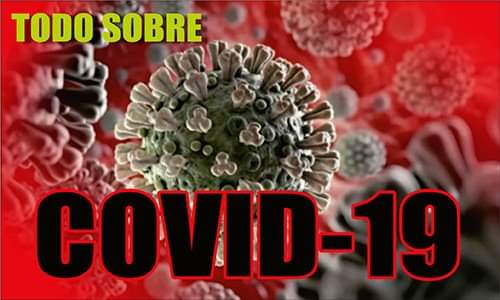
On 4 October 1963, Hurricane Flora entered Cuba, classified as the second-biggest disaster ever recorded in the country. It moved across the eastern part of the island, making a loop over what are now the provinces of Las Tunas, Granma, Holguín, and Camagüey. The torrential rains caused unprecedented flooding and caused the death of approximately two thousand people and serious material damage.
From the first moments, it began to hit the area, the guidelines of the United Party of the Socialist Revolution of Cuba (PURSC in Spanish) were complied with. In the Tunas-Puerto Padre region, headed by its Secretary General, Héctor Gómez Vega, different forces took on this combat with energy and dynamism, supported by the commissions created, with special emphasis on those of Organization, Transport, Evacuation, Provisioning, Maintenance, and Order.
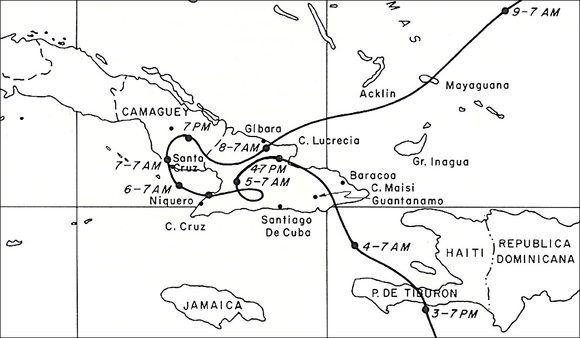
Various social organizations, state companies, public order, and the army participated, under a single leadership, which allowed the collaboration of militants and patriots in the confrontation, without measuring the danger, of the hurricane's onslaught. There were many attitudes of audacity, courage, and determination.
When the rivers overflowed, the city of Victoria de las Tunas was cut off from Jobabo, Vázquez, Puerto Padre, Yarey, Holguín, Las Arenas, Hermanos Mayo, and Manatí, because of the swamps formed by the water in the lowlands. The Cuban Communist Party leadership took steps to reach these places and brought food, medicine, and relief while moving their inhabitants to the city.
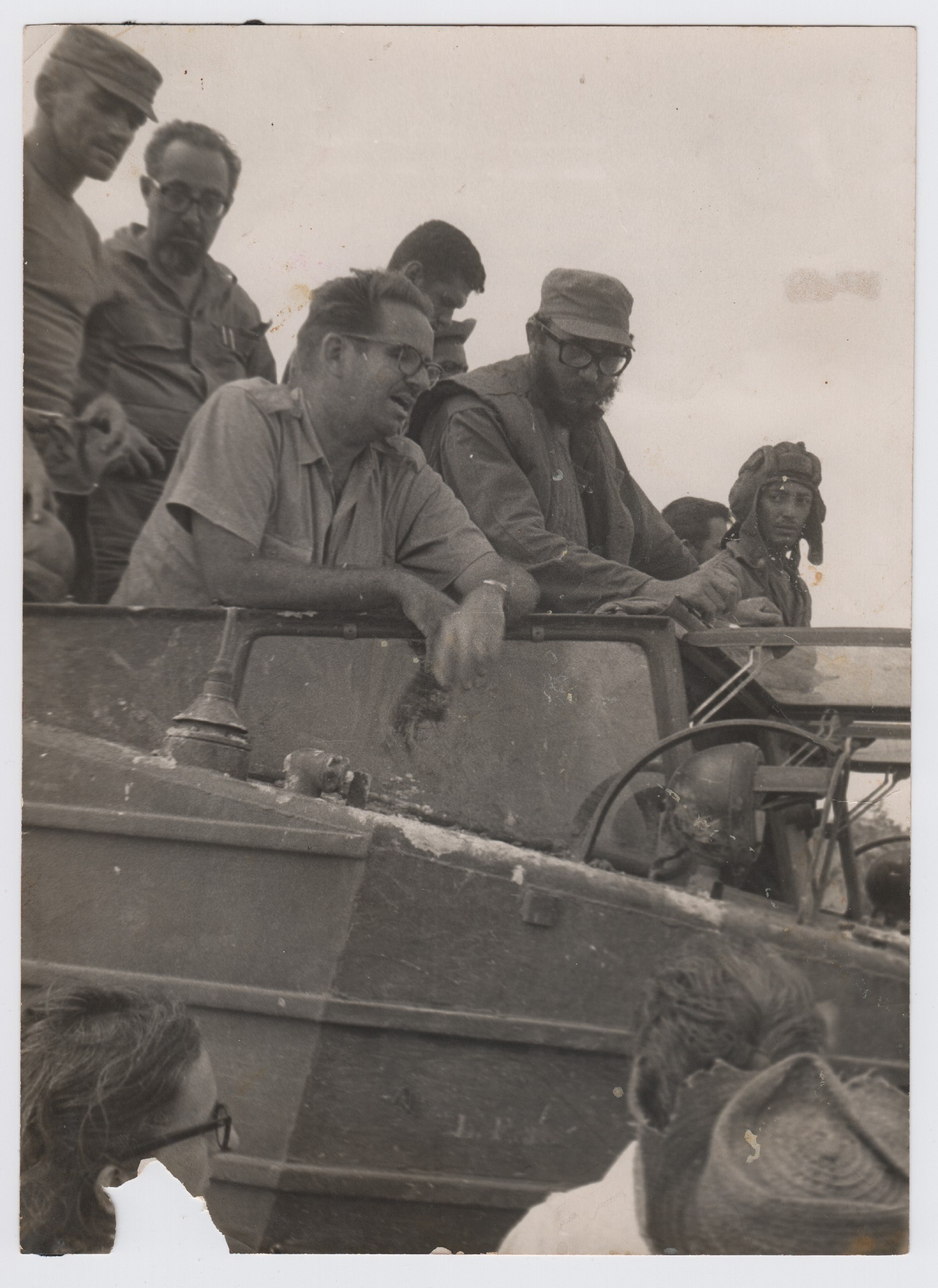 More than 18,000 people were evacuated here. When the situation worsened and the material resources were insufficient, Fidel Castro Ruz arrived at the head of the region on the morning of 7 October, coming from Camagüey. His presence, as always at the head of the people in the hours of greatest danger, generated a new impulse to continue fulfilling the tasks entrusted to him.
More than 18,000 people were evacuated here. When the situation worsened and the material resources were insufficient, Fidel Castro Ruz arrived at the head of the region on the morning of 7 October, coming from Camagüey. His presence, as always at the head of the people in the hours of greatest danger, generated a new impulse to continue fulfilling the tasks entrusted to him.
The Cauto territory was one of the most affected and that was where the Cuban leader was heading, where, according to the forecasts, the hurricane was expected to hit. Héctor Gómez told Bohemia magazine that the Command Post was located in the Town Hall, opposite the Vicente García González Park. He says that at one point a colleague dressed in olive green came up to him and said: "There's Fidel, he's in a truck in front of the bus terminal". He couldn't believe it. He went over there and sure enough, he was.
They talked for a while and the Commander-in-Chief asked what he was doing. He explained that he was moving people from the most dangerous places to the highlands with ZIL trucks, barges, and whatever he could. He informed her that he had sent the militants to the danger areas and she agreed that this was the best they could do.
He was interested in identifying the most difficult situation, Gómez Vega said Guamo, Vado del Yeso, and Chaparra, which could only be entered by boat. Héctor recalls that he asked for his machine, a blue Buick 55, and he gave it to him. He then set off in a Tatra car and caught up with him at Monte Cay, where the water was rough. They returned to a PURSC house in Tunas, where they tried to stop him from continuing. Commander René Vallejo had arrived and they argued a lot because he insisted on continuing on the road no matter what. Before leaving, Fidel asked the Tunas party leader not to let anyone through, only food, medicine, and petrol.
 Héctor Gómez. |
It was calculated that the Comandante would return via Tunas, and they prepared cars in case it was necessary, but he did not return; he continued to Holguín. On the way, he stopped at the "José Robothan" (today in Majibacoa), a mixed farm that raised cattle, pigs, poultry, and crops, including sugar cane.
Under Fidel's guidance, a group of Party militants and leaders, led by Alberto Álvarez Reyes (Beto), together with the Soviet collaborators, formed the crews of the amphibious tanks that advanced towards Mil Nueve, Guamo and El Cauto River, where the battle against death was to be fought.
Meanwhile, here, those evacuated to the city felt the warmth of the urban population. In the rural settlements, there was the presence of hundreds of militants and soldiers from the Palma Soriano School, led by commander Filiberto Olivera, who carried out heroic rescue work.
In this territory, up to that date, 23 deaths were registered, 1,442 houses were destroyed and more than 4,000 were damaged. In the middle of the storm, brigades were organized to collect drowned fruit and animals.
On 10 October, the municipal leadership of the Party, in a meeting with all the general secretaries, decided to examine the damage in each work center and to take measures to recover the lost production; to reduce the personnel, without affecting the productive routine, to form a contingent of 300 workers who would devote themselves to permanent missions of construction and emergency planting.
Fidel spent several days in rescue and relief work in the areas of Holguín and Bayamo. In the latter city, they established their Port of Command. He left every day and returned at night. On the 11th it returned to what is now the territory of Tunisia and did so near Las Arenas. He is still remembered there and how he returned to Robotham Farm.
The then administrator of that enclave, Corsinio Fajardo, recalls that when the Flora was in the area, he went with other colleagues to help in the rescue of the population near that unit. When he returned to his post, he met with his comrades under some laurels. There they were talking about the losses, the attitude to assume in the face of the disaster, and what to do next when a child was heard shouting: "Fidel again."
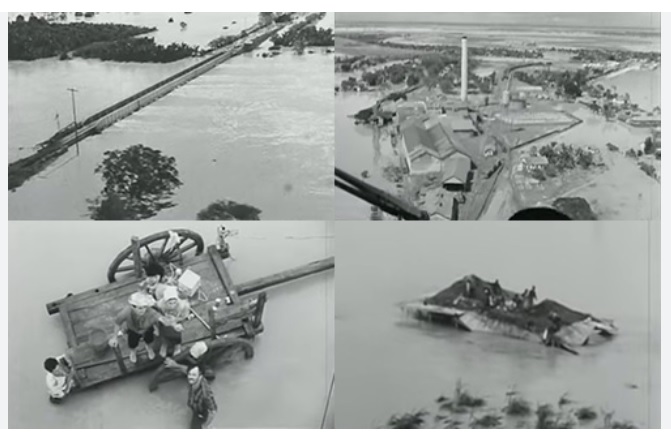
He wanted to talk to a native of the community and did so with Corsinio. He questioned him about cattle raising, fattening, and breeding. The leader of the Revolution proposed using the farm as a bridge, as a reception point for the poultry that would come from other places and be distributed to the affected villages. He also spoke to him about intensive livestock farming. They went to a table and talked for a long time about the current situation and projects; he wanted to build a fattening area.
In Fajardo's opinion, what was relevant was that, at that time, during a natural disaster and with no experience in livestock farming, the Commander was already interested in intensive livestock farming and envisioned a future in this field.
 From Las Tunas, he continued to Holguín and from there to Havana. On the plane, he wrote the communiqué that was to leave the following day. The Party called on the people to put all their strength and intention into fulfilling Fidel's slogan: "Rebuild everything that has been destroyed and do much more."
From Las Tunas, he continued to Holguín and from there to Havana. On the plane, he wrote the communiqué that was to leave the following day. The Party called on the people to put all their strength and intention into fulfilling Fidel's slogan: "Rebuild everything that has been destroyed and do much more."
After Flora, the Party leadership in the region adopted important agreements aimed at recovering production, guaranteeing the organization of the entire population into voluntary work brigades, and compensating the victims. Shoes, clothes, and medicines were distributed to relieve the victims. In addition, the damaged houses were repaired and built. Thus, in Puerto Padre they built the Armando Silva and Ramón López Peña neighborhoods; and in "Colombia", the Flora neighborhood, today Lorenzo Bermúdez, all for the families who lost their homes.
Until that time, there were no hydraulic engineering works in these areas. After the tragic event, the Gramal dam was built, with 28 million; Yariguá, with 22.65; Ciego, with 21.30; Cayojo, with 13.65; Lavada and Lavada 5, with 8.09 each; Cornito 1, with 7.76, and Maniabón, with 67.10 million cubic meters. They also rectified the La Cana River and built the Tasajera Canal.
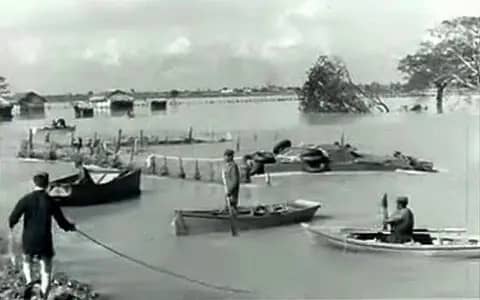
Precipitation in mm and inches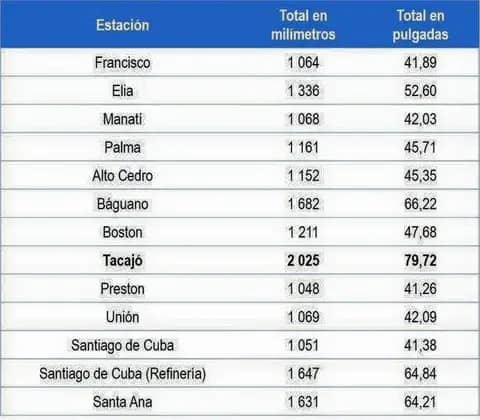 |




